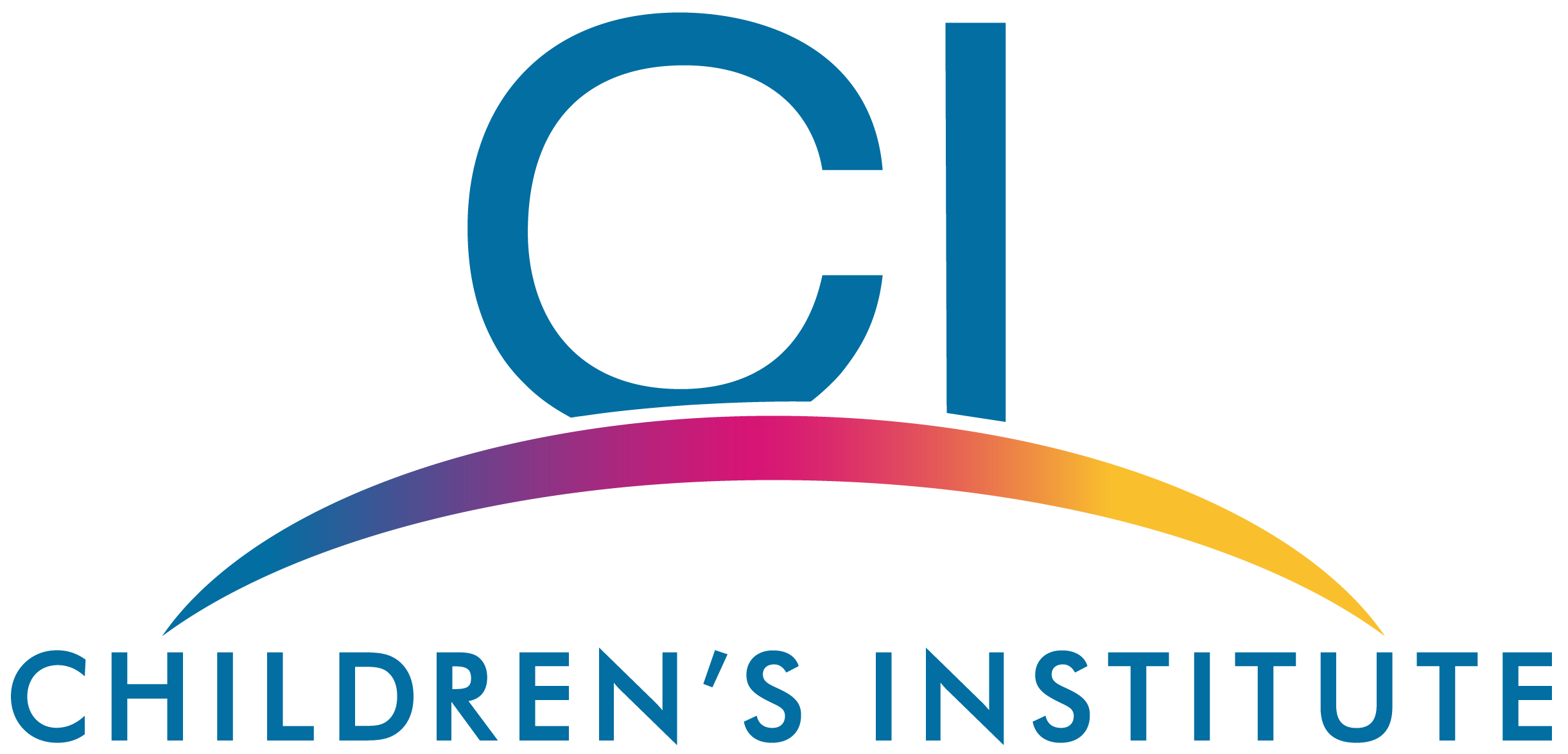New Exciting Changes Coming to the T-CRS!
Many of you are familiar with the Teacher-Child Rating Scale (T-CRS), the recommended tool used for screening and selecting students for Primary Project. The T-CRS was developed by researchers at Children’s Institute to facilitate screening in Primary Project and includes four scales to measure children’s peer social skills, assertive social skills, task orientation, and behavior control. The T-CRS has gone through several iterations that have each improved the tool’s psychometric properties (in other words, how accurate is the test in measuring what we want to measure?) and usefulness of the tool for Primary Project. For example, the T-CRS short form was debuted in recent years and effectively reduced the number of items on the survey thereby reducing teacher burden.
The Data & Science team at Children’s Institute have been continuing work to further improve the T-CRS. To do so, our researchers collected thousands of data points, and spoke with teachers from several districts about what they would like to see in a new version. We are excited to announce that changes are coming to the T-CRS that will improve the measure even more – making it better for selecting students that are good candidates for Primary Project.
What will you see in the new version?
The T-CRS 3.1 will feature three brand new subscales that will help teachers screen and assess students for consideration to participate in Primary Project. Along with the existing four subscales, our new subscales will provide Primary Project teams with information about students’ responsible decision making, social awareness, and possible experience with anxious symptoms. The best part is that we are able to add these additional scales without increasing the number of items per form!
When will you see changes?
You may see some changes to the items you fill out on the T-CRS in fall 2024. In 2024-2025, we will collect additional information to ‘norm’ our new scales. Norming a scale consists of establishing a baseline of scores in different populations of students (for example, based on characteristics like gender or location). This will allow you to determine whether students’ scores are below or above the average compared to students like them. Then, starting in school year 2025-2026, you will see the new T-CRS reflected in your reports and will be able to use this new information for selecting students.
Questions?
As always, we are very interested in your feedback and ideas for Primary Project research and evaluation. We plan to release further information about the upcoming T-CRS changes during the 2024-2025 school year. However, if you have any immediate questions or thoughts, please contact Dr. Erinn Duprey at eduprey@childrensinstitute.net.
–Erinn Duprey, Ph.D.
Research Scientist
